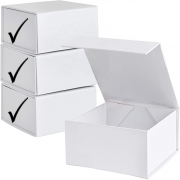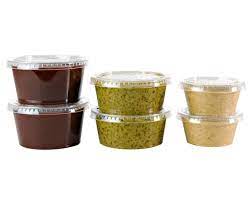About packaging
Like any post-packaging process, HPP places certain demands on the materials used to package any and all products we process.
This technology has its limitations:
- Products must contain enough moisture to transmit the pressure throughout, and as little air or headspace as possible—vacuum-packed products are ideal.
- HPP can accommodate a range of formats, including bottles, jars, trays and flexible packs. If the package can flex about 15 % on any one surface, it will withstand HPP compression.
- 15% packaging flexibility
- Food or medicine
- Contain minimal moisture
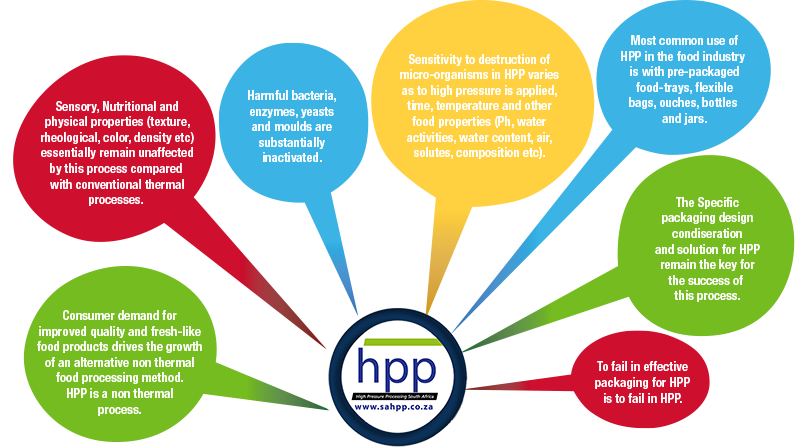
Does your product tick our boxes?
Package type:
Semi-rigid, sealed polymer container capable of use for paste, solid/sauce mixtures or liquid products. Consumers can either consume or dip directly from the container or spoon out into a serving dish. Typically, labelled or decorated on sidewalls as well as on snap fit lids that cover film seals.
Products:
• Guacamole, Salsa
• Hummus, Tabuli, and other dips
• Sauces, Dressings
• Potato, Pasta, Egg and other salads
• Soups or Broths
Key characteristics:
• Round in cross-section, sometimes with subtle flat panels creating pseudo corners; typically, premade by container supplier and provided in nested stacks to filling operation.
• Peel seal lid films on top flange of containers and post process applied snap fit lids.
• Wide openings for easy product access.
• Sufficiently rigid for ease of gripping by consumer, while ensuring sufficient flexibility and resiliency to accommodate distortion from the headspace compression experienced during the HPP cycle and return to original configuration after pressure release.
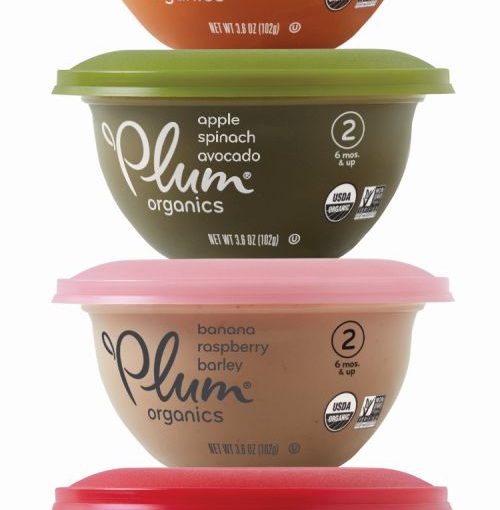
Juices, smoothies, and more can be used for HPP
Package type:
Semi-rigid, sealed polymer containers primarily used for liquid products consumers consume directly from the bottle or easily pour for use. Typically, labelled.
Bottled containers must also be sufficiently rigid for ease of gripping by consumer, while ensuring sufficient flexibility and resiliency to accommodate distortion from the head space compression experienced during the HPP cycle and return to original configuration after pressure release.
• Juices (fruit, vegetable & blends)
• Smoothies
• Milk, colostrum, and other dairy drinks
• Cleanses and other health regimen drinks
• Openings at top of container sized for direct consumer consumption \
• Twist tops for easy opening and resealing,
• Height to width ratios of 1.5:1 to greater than 3:1 typical container materials & production process:
Heading: Key words*
*PET – Injection stretch blow moulded for clear containers.
*HDPE – Blow moulded for translucent to opaque containers.
*PP – Commonly used as base material for closures, which can also incorporate thermoplastic elastomers (TPE) in some versions for tight seals.
• PET bottles offer higher oxygen barrier than HDPE at common thicknesses.
• PET or HDPE bottles can be premade and shipped to filling location or for high volumes can be formed at filling location (PET from preforms).
• Induction sealable liners principally comprise aluminium foil combined with a heat seal peelable layer of LDPE or copolymer-type materials.
• Head space can be flushed with N2 after filling to minimize oxygen in head space.

*PET – Injection stretch blow molded for clear containers.
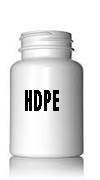
*HDPE – Blowmolded for translucent to opaque containers.

